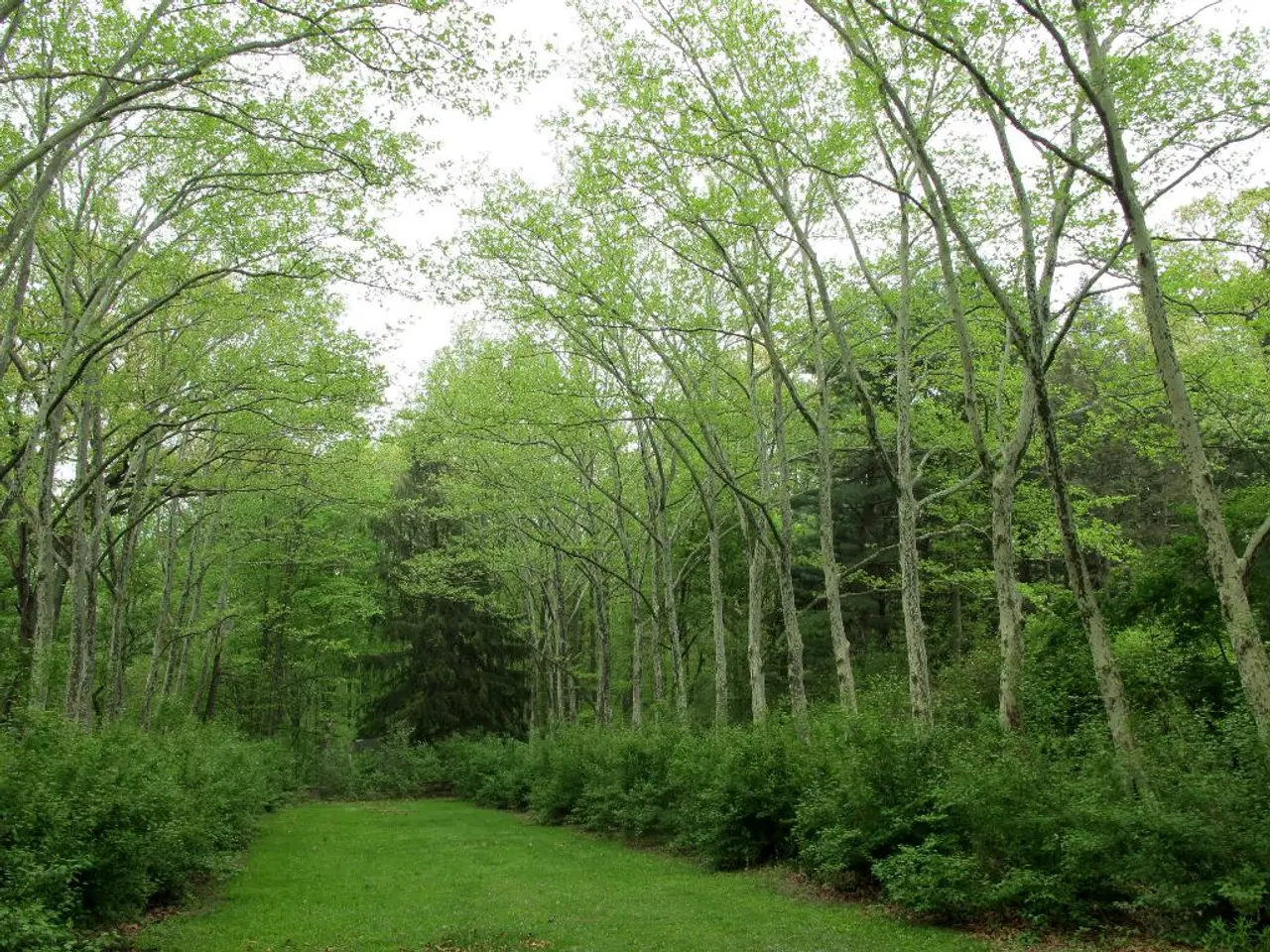Transforming Weeds into Habitats: Designing a Wildlife-Friendly Weedy Garden Bed
In the quest for a beautiful and sustainable garden, consider the benefits of a weed garden. These gardens, far from being a nuisance, are valuable food sources for a variety of animals, birds, and butterflies.
A well-planned weed garden can be both aesthetically pleasing and beneficial for wildlife. Options for such a garden include native wildflowers, ornamental grasses, flowering shrubs like the butterfly bush (Buddleja), and perennial herbs such as lavender or echinacea. These plants not only serve as ornamental additions but also provide a bounty of food for local fauna.
For those seeking a more adventurous approach, plants like chickweed, Queen Anne's lace, Yellow dock, Lambsquarter, and Stinging nettle can be incorporated into a weed garden. Similarly, edible choices such as Purslane, Amaranth, Garlic, Dandelions, and Sorrel can add a flavourful twist to your garden while supporting local wildlife.
Creating a weed garden in an open field allows for the selection of beneficial and edible plants that will naturally mix with the wild flora. However, it's important to remember that deeply rooted weeds should be planted on a bed of rocks dug deeply into the soil to prevent them from spreading too aggressively.
Deadheading, or the removal of flower heads before they produce seed, can help keep a weed garden for wildlife confined, preventing it from becoming too dominant in your landscape. This practice also encourages the plants to produce more blooms, providing a continuous food source for wildlife.
One of the beauties of a weed garden is that it requires minimal attention. Raking the soil and adding amendments before sowing collected seeds is necessary, but beyond that, the garden can thrive with minimal intervention. Some plants chosen for a weed garden will even perennially reseed themselves, ensuring a constant supply of renewable plants.
Establishing a border between the weeds and clean, weed-free zones is crucial for maintaining a balance in your garden. Whether you choose to water regularly or fertilize your weed garden is up to your discretion, although it's worth noting that weeds typically don't require much attention.
For those looking for an economical way to sow a weed garden for wildlife, collecting seeds from nature (like dandelions) can be a cost-effective solution. With careful planning and the right choice of plants, a successful weed garden can not only beautify your space but also attract butterflies and pollinators, reducing the need for herbicide use in landscapes.
Read also:
- Budget cuts at federal and state levels jeopardize advancements in fighting HIV and AIDS within Dallas County
- Strategies for Maintaining and Boosting Physical Activity as You Grow Older
- Understanding Prediabetes: A Precursory Condition to Diabetes
- Strategies for Strengthening a Nigerian Infant's Immune System




